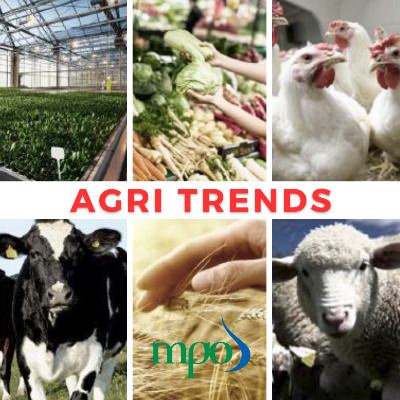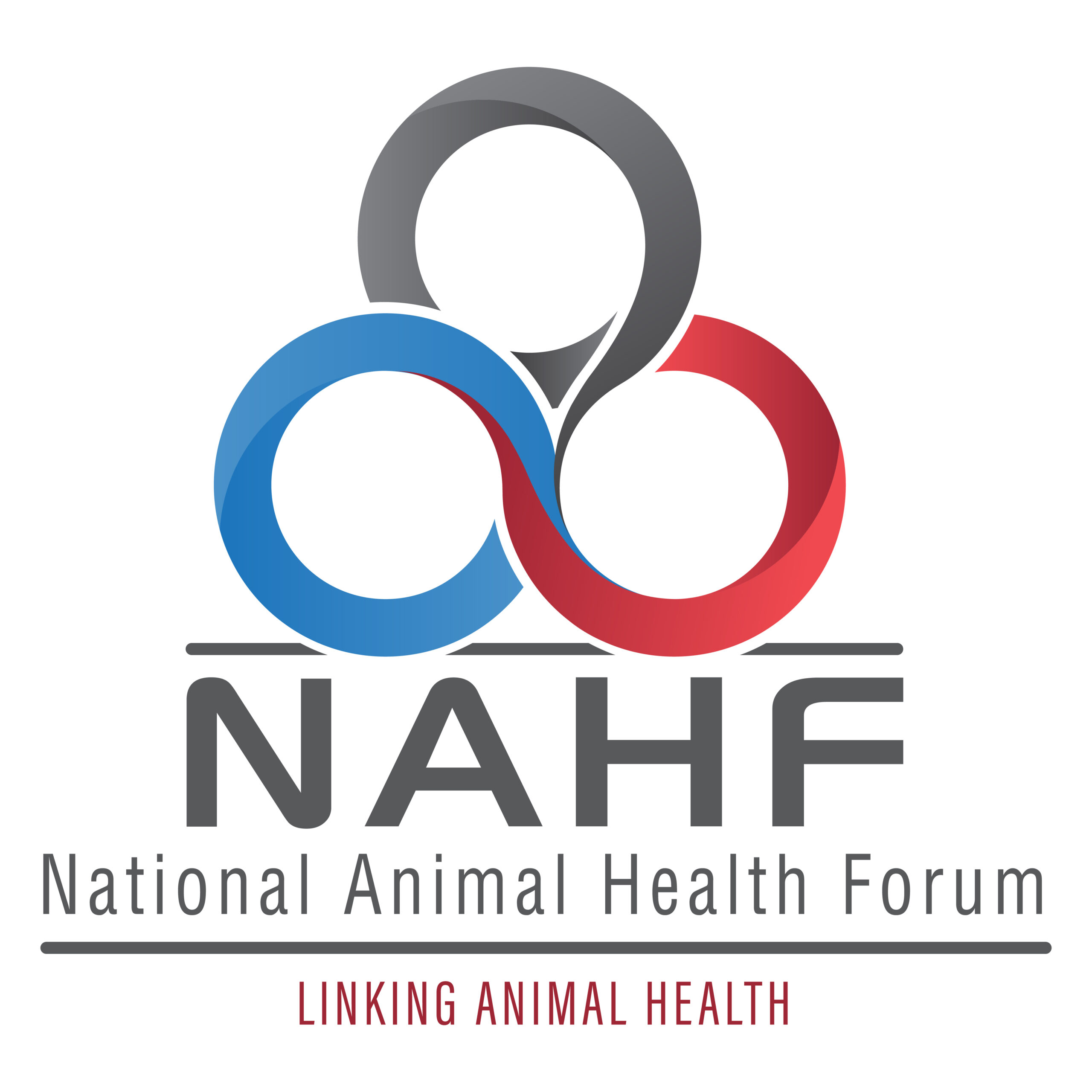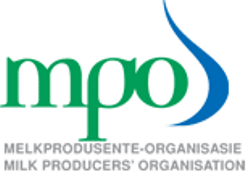
South Africa’s weaner cattle imports from Namibia increase
The total number of live cattle marketed from Namibia into South Africa showed a significant increase in 2017. A total of 313 401 head of cattle were imported into South Africa in 2017. This represents a sudden increase of 89% in 2017 compared to import numbers for 2016. Given the South African Government’s strict import requirements against Namibia which were effected on the 1st of July 2016, the import of live cattle was halted and the number of live cattle imported drastically reduced. This action negatively limited the import numbers for live cattle into South Africa during 2016. Live animal imports have started to increase from September 2016 onwards.
The spike in weaner calf imports from Namibia in 2017 can be attributed to the strong South African demand on the back of scare weaner calf stock.
Highlights
Livestock & Fibre
• Weather forecasters have indicated that the best falls of rain in many months occurred over large parts of the Summer Rainfall Area in March and April 2018. Favourable rains improve soil moisture levels and veld conditions ahead of winter.
• The lower feed price together with the lack of weaner calfs to rebuild the national herd in the medium term will result in carcass prices to remain elevated for a long time period to come.
• The South African new season maize and soybean harvest exceeds expectations. Therefore, it will take longer to consume the surplus stock of maize and soybeans locally if it cannot be exported profitably. Due to a poor rate of exports and huge carry stocks for old season maize by the end of April maize prices are expected to remain low.
• The Stats SA monthly prices for March 2018 show that consumer egg prices are showing increases month on month. This is after some slight recovery in February 2018. Egg prices followed increasing trends towards the end of 2017 due to bird flu. Egg prices for ½ dozen increased by 0.24%, to R16.44 whilst prices for 2.5 dozen increased by 0.27% to R63.14 during March 2018 when compared to February 2018.
• The 3rd estimate for the 2017/18 production year indicates a cotton crop of 189 370 lint bales for the RSA, an increase of 144% over the previous season and 3% down from last month’s estimate. Dryland and irrigation hectares show increases of 68% and 170% respectively over the previous year mainly due to the more favourable prices of cotton in relation to competitive crops but also due to renewed interest in cotton production.
Published on Thursday, 3rd May 2018 - 07:58
Recent Posts
disclaimer









